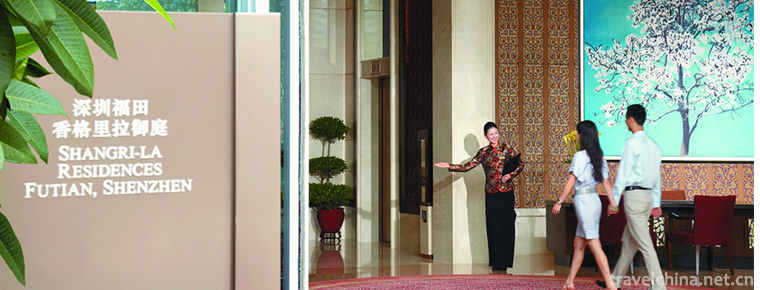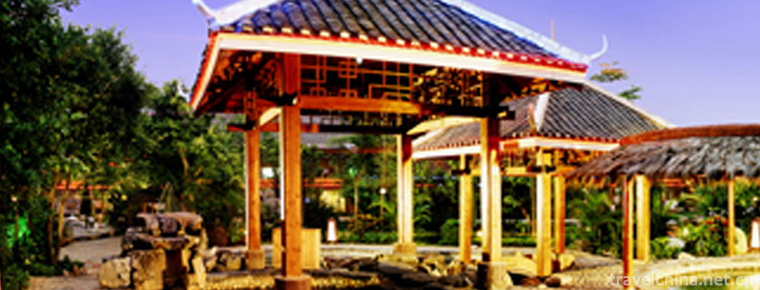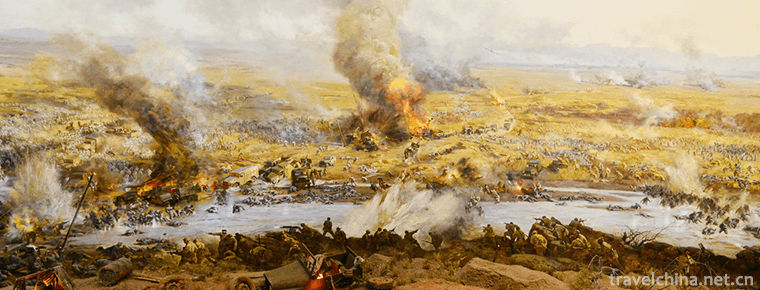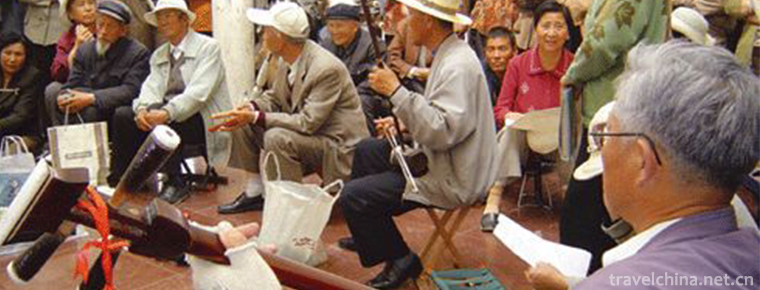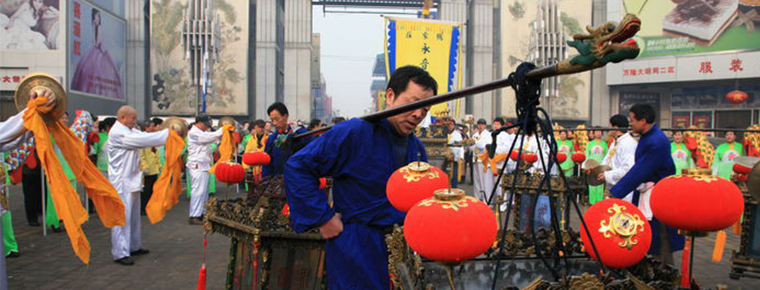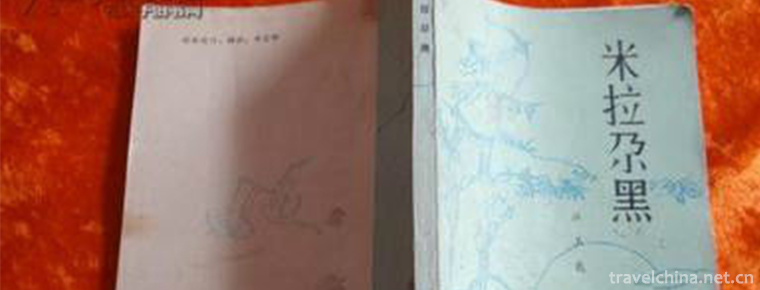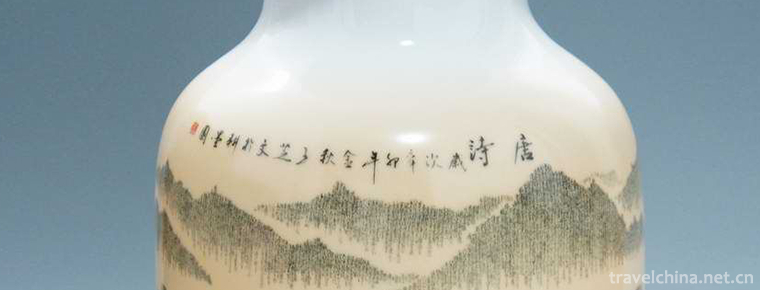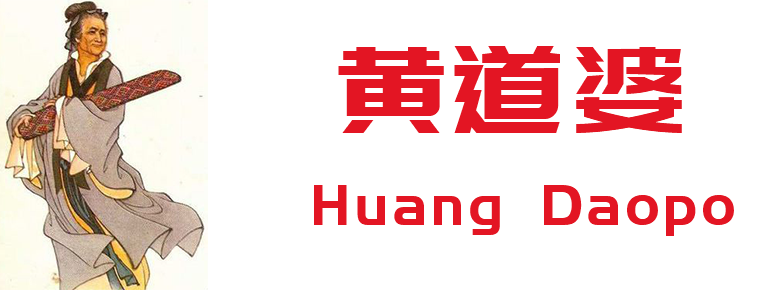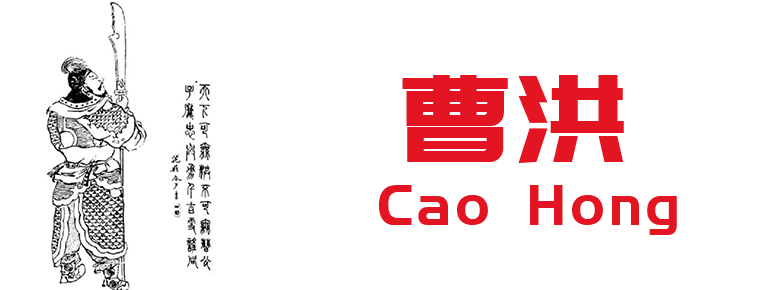Jinli Street
Jinli is a part of the Wuhou Temple Museum of Chengdu (Three Kingdoms Historic Relics Area, Jinli Folklore Area, West District). It covers an area of more than 30,000 square meters, has a construction area of more than 14,000 square meters, and has a street length of 550 meters. It takes the western Sichuan residences of the late Ming and early Qing Dynasties as its outer garment, and the three Kingdoms culture and Chengdu folk customs as its connotation. It integrates tourism, shopping, leisure.

Legend has it that Jinli was one of the oldest and most commercial streets in the history of Western Shu. It was famous throughout the country as early as the Qin and Han Dynasties and the Three Kingdoms. Now, Jinli covers an area of more than 30,000 square meters, with a building area of more than 14,000 square meters and a street of 550 meters in length. It is a combination of tourism, shopping, leisure and entertainment, with the clothing of Western Sichuan dwellings at the end of Ming Dynasty and the beginning of Qing Dynasty and the connotation of the culture of the Three Kingdoms and Chengdu folklore.

In 2009, the Jinli Street of Jinli Street extended to welcome visitors. The winding courtyards, streets and alleys echo the waterfront, lakes, lotus ponds and stone bridges. Theme clubs, theme restaurants and theme shops are located among them. The water waves and lights have a unique artistic conception.

Traditional weddings, folk music, dramas, folk costume shows and other folk performances are regularly held in ancient streets, and special thematic activities are held in accordance with traditional Chinese festivals, such as the Lantern Festival, the Dragon Boat Festival to eat Zongzi contest, the July Valentine's Day theme activities, the Mid-Autumn Festival to enjoy the autumn festival in an authentic atmosphere of Western Sichuan folk culture. The most comfortable way of entertainment.

Legend has it that Jinli was one of the oldest and most commercial streets in the history of Western Shu. It was famous throughout the country as early as the Qin and Han Dynasties and the Three Kingdoms. Today Jinli relies on the Wuhou Temple in Chengdu, takes the spirit of Qin and Han Dynasties and the Three Kingdoms as its soul, takes the style of Ming and Qing Dynasties as its appearance, and takes the folkways and folk customs in Western Sichuan as its content, which enlarges the extension of the culture of the Three Kingdoms. In this street, the essence of Chengdu life is concentrated: tea houses, inns, restaurants, bars, theatres, flavor snacks, handicrafts, local specialties, fully demonstrating the unique charm of the culture of the Three Kingdoms and Sichuan folk customs.

Jinli was restored by the Wuhou Temple Museum in Chengdu. As part of the Wuhou Temple (the historical relics of the Three Kingdoms, Jinli Folk Customs and Western District), the street is 550 meters long. It is a famous pedestrian mall in Chengdu. It is an antique building with the architectural style of the late Qing Dynasty and the early Republic of China. The main contents are the culture of the Three Kingdoms and the traditional folk culture of Sichuan. The layout of the ancient streets is rigorous and orderly. The bar entertainment area, famous Sichuan food and snack area, Fudi hotel area and Special Tourist Arts and crafts exhibition area are scattered. Jinli officially opened to the outside world in October 2004, and its extended section of Jinli Phase II (Jinli Waterfront) began to welcome visitors in January 2009. Jinli ancient street, one of Chengdu's cultural business cards, was upgraded. Jinli relies on Wuhou Temple and "Bai Wuhou Pao Jinli" has become one of the most appealing slogans for tourism in Chengdu. In 2005, Jinli was selected as one of the top ten commercial pedestrian streets in China. It was named "the first street of Xishu" and was honored as "the Chengdu version of Qingming Shanghe Tu". In 2006, Jinli Street was awarded the "national cultural industry demonstration base" by the Ministry of culture.

The shops sell chopsticks, tea, lanterns, silk quilts and local specialties. The delicacies in the restaurant are a flying beef, three cannons, fat sausage powder, a cup is for the sake of taste to go, not fancy, no gimmicks, pay attention to the cost. There are also craftsmen's play, pinch a clay man, turn a candy painting, buy a paper-cut, are all containing children's fun, nostalgia is also the memory of childhood simple happiness. A colorful street lantern and cover is a great custom. And the most eye catching thing on the street is the Chengdu powder that makes people think ardently. They are eating melon seeds and playing cards in the bar, drinking foreign wine, or soft Chengdu dialect.

The people of Chengdu roamed in the brocade in a playful and relaxed way. The nostalgic people had an outlet for their feelings, and the people who loved to eat satisfied their appetite. Jinli Street is a scene of human life.

More pic




























Address:No. 231, Wuhou Temple street, Chengdu, Sichuan,China
Telephone: +86-028-66311313
E-mail: cdjinli#163.com(@replace#)
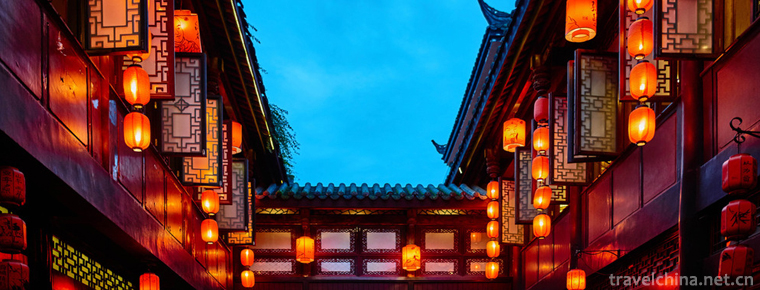
-
Bayanbulak Grassland
Bayinbrook grassland: formerly known as Yuledus grassland, Zhuledus grassland, Yuludus grassland, because it is mainly located in Xinjiang Bayinguoling Mongolian Autonomous Prefecture and the northwes.
Views: 124 Time 2018-12-12 -
Futian Shangri La Hotel Shenzhen
The second Shangri-La Hotel Group, Shenzhen Futian Shangri-La Hotel, is located in the downtown area of Futian Business District. It can easily reach Shenzhen Convention and Exhibition Center, large s.
Views: 673 Time 2018-12-16 -
Laiwu Campaign Memorial
Laiwu Campaign Memorial Hall is situated on the Huangshan Mountain in Laiwu District, Jinan City. It covers an area of 45,000 square meters and has a building area of more than 8,000 square meters.
Views: 133 Time 2019-01-29 -
hot spring leisure city
Wendu Shuicheng, Hongfu Wendu Shuicheng, is located 20 kilometers north of the Forbidden City of Beijing. It pillows Wenyu River, the Mother River of Beijing.
Views: 127 Time 2019-02-22 -
Ping Zhou He Zhou
Hezhou Pingxian was known as Pingdiao and Rhythm in ancient times, and it was also called Linxia Pingxian after 1949. Its main musical instrument is three strings..
Views: 240 Time 2019-05-03 -
Jin men drum
Jinmen Fagu is a local traditional music and dance art in Tianjin, which appears in the form of performances of the Lao Hui or the Sacred Congregation. In June 2008,.
Views: 138 Time 2019-05-07 -
Mira Gahei Mile La Ga Hei
Mira Gahei, Dongxiang folk tale. Also known as "Moonlight Mirror". Among the Dongxiang people, there are also poem-style stories of "Mira'er Hei", which are intermingled in rhyme a.
Views: 104 Time 2019-06-04 -
Ceramic microbooks
Ceramic micro-calligraphy is one of the folk skills which perfectly combines Chinese calligraphy art with color porcelain art. It has a long history. Artists not only maintain the traditional style, b.
Views: 313 Time 2019-06-18 -
Huang Daopo
Huang Daopo (1245 - 1330), also known as Huang Po , Yellow mother , Songjiang prefecture Wu Najing town (now Xuhui District, Shanghai) Huajing town People, famous at the end of Song Dynasty and early .
Views: 123 Time 2019-09-07 -
Cao Hong
Cao Hong(? - two hundred and thirty two). Pei Guo Qiao (now Anhui) Bozhou People. Emperor Wei and Emperor Wei of the late Han Dynasty and the Three Kingdoms period Cao Cao From brother..
Views: 204 Time 2019-09-15 -
Nanchong location
Nanchong City is located in the northeast of Sichuan Basin, in the middle reaches of Jialing River, between 30 ° 35 ′ N ~ 31 ° 51 ′ N and 105 ° 27 ′ ~ 106 ° 58 ′ E. With a span of 165 km from north to South and 143 km from east to west, it is adjacent to Dazhou.
Views: 339 Time 2020-12-17

